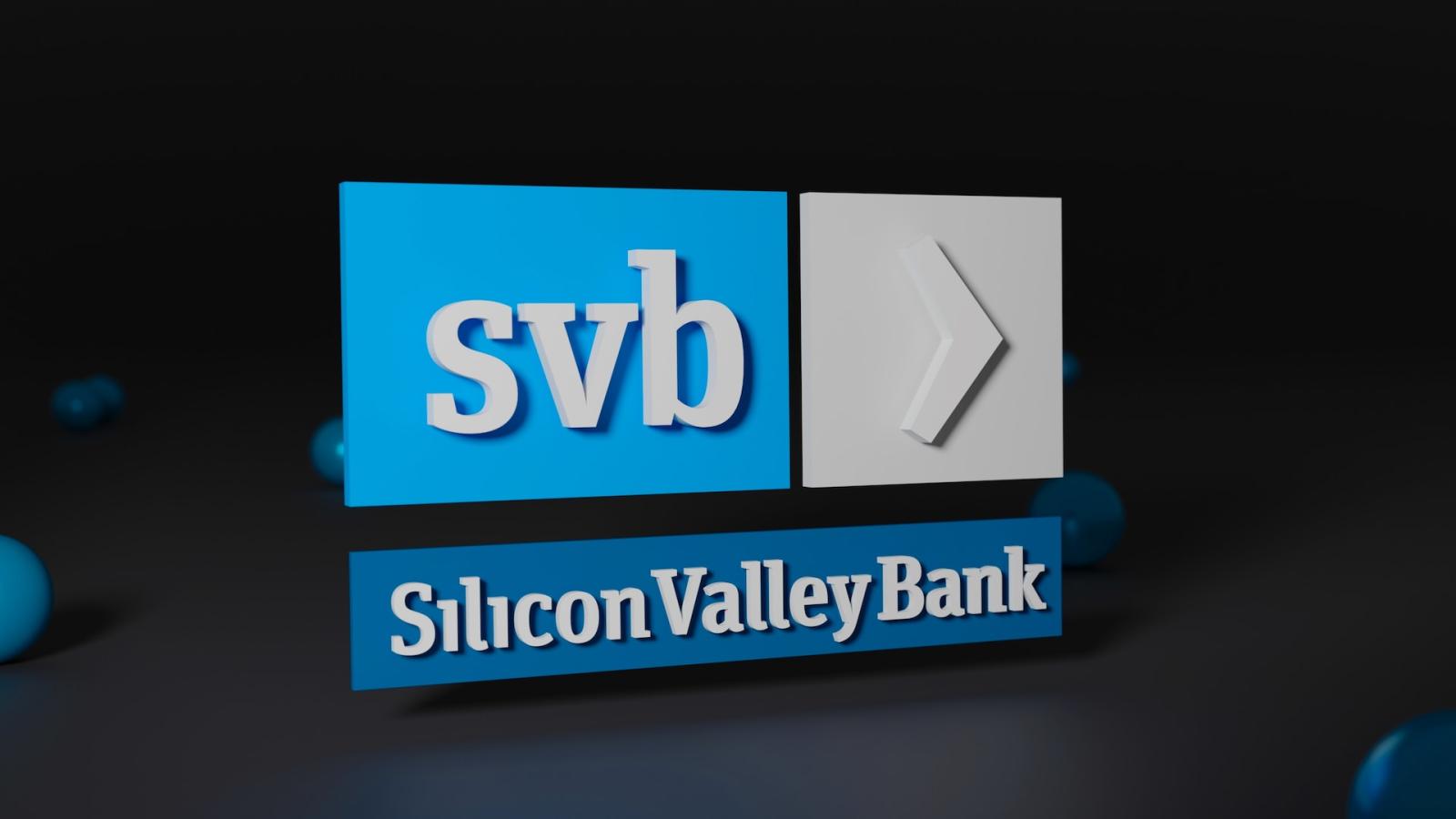
The ECGI blog is kindly supported by

Financial institution innovation needed in Silicon Valley (and elsewhere)
The difficulties of Silicon Valley Bank illuminate the need for a new banking model that can provide financial stability across a broad range of depositor profiles as well as the traditional banking functions of lending and running payment systems. The distinctive elements would be (1) term deposit commitments with a penalty for early withdrawal and (2) mutual stock ownership by depositors that zeros out upon early deposit withdrawal. Better than money market funds, this kind of bank would address the problem of enormous sums looking for safe storage within the financial system.
Social media boosts the probability of correlated withdrawals, and electronic-account access enables rapid withdrawal of funds
The general problem is that there are institutional and commercial parties with very large cash holdings seeking safe storage but within an infrastructure that facilitates use of these funds for investment or distribution. Putting these sums in any but the largest bank raises the SVB problem: Social media boosts the probability of correlated withdrawals, and electronic-account access enables rapid withdrawal of funds. In combination, these factors greatly increase the run risk at any bank, even one that is solvent. Capital regulation alone is insufficient to deal with this important liquidity problem.
This year’s Nobel prize-winning economists proposed two solutions to a “panic” run: deposit insurance and a lender-of-last-resort. Deposit insurance in the multi-millions of dollars raises obvious moral hazard problems, meaning it would create irresistible temptation for a bank to take outsize risks. The Fed’s recent moves show the limits of the lender-of-last resort: It works for SVB and other banks now only because the Fed is willing to mark collateral at hold-to-maturity values rather than lower market values in light of higher interest rates. This reads as a “bail-out.”
What are the alternatives? First is putting deposits with a Global-Systemically Important Bank. The run risk is small; the insolvency risk is small. Either through the Dodd-Frank special resolution machinery or the determination that such banks are “too big to fail,” the large depositor will surely be protected. But this leads to further banking asset concentration and sacrifices the value of custom-tailored loan origination in specific industry or regional clusters.
Second is putting deposits into money market funds. Indeed, these funds have received massive influxes in recent days, topping $5 trillion in total assets. These are deeply flawed financial intermediaries, however, as evidenced by the need for bailouts in 2008 and 2020. In order to make them relatively stable, their assets are short term, which encourages short-term finance throughout the economy, including the financial sector. Moreover, money funds that redeem at par depend upon the availability of short-term government securities. The supply of T-bills is finite; eventually these money fund assets will consist of reverse repo accounts at the Federal Reserve (already $2.3 trillion as of the end of March.) If we want to give depositors accounts at the Fed, let’s just do it. This form of “super-narrow” banking sacrifices much in the way of credit intermediation.
The distinctive problem to solve is run risk, given the nature of the likely depositors.
So here is an alternative for a reorganized Silicon Valley Bank (and other banks with large depositors). The distinctive problem to solve is run risk, given the nature of the likely depositors. The bank should offer three kinds of deposit accounts. First is a retail account, held by individuals, providing daily liquidity but subject to a threshold. Second is a commercial transaction account used by an operating company to meet its regular transaction needs, such as payroll or vendor payments. This should also provide daily liquidity, without limit. The third is a “storage” account for individuals above a threshold, for operating companies for their non-operating cash holdings, and for institutions holding funds for eventual investment or distributions.
Storage account funds are held in “storage CDs” bearing interest as deemed appropriate, with specific term (at least T+7); storage CD depositors have immediate redemption rights but with a discount for early redemption. Storage CD depositors are also required to own bank common stock in an appropriate amount. The goal is that a substantial amount of the bank stock will be owned by the storage depositors, a kind of mutual ownership. Critically, a party exercising storage CD early redemption rights forfeits its bank stock.
The value in this structure is that it reduces what is the actual risk of Silicon Valley Bank, which is not poor loan origination but the risk of a depositor run, given the concentrated and connected nature of the depositor base. The depositors say, “We have seen the enemy and we are it.” This new structure credibly lets depositors “hands tie” to minimize deadly run risk. How? The redemption penalty and stock forfeiture reverse the usual first-mover run incentives. Here, a depositor facing the risk of a panic run thinks, “The first person to run faces a financial penalty and loses its bank stock. Because the bank is redeeming a credit obligation at less than par, my share of the bank has grown in percentage terms and has become more valuable. I’ll wait.” This “later mover” advantage means that a run becomes much less likely.
At the center of tech innovation, it’s time for some financial institution innovation.
A bank so structured is better than a money market fund. Not only does it enable socially valuable credit intermediation, including maturity transformation, but it also offers more security than a prime fund because a bank, unlike such a fund, has loss absorbing capacity, its equity. Such a bank is better than a government money fund because it doesn’t impose distortionary demands on government finance and frees up funds for socially valuable lending. At the center of tech innovation, it’s time for some financial institution innovation.
Further thoughts
These are responses to comments and questions received after the initial post and my own further thoughts.
One issue is whether the focus on the funds that would go into “storage CDs” is too narrow. After all, transaction funds are critical to business survival; why wouldn’t they run too, even run first? In one sense, this point really goes to the limits of the “sticky deposits” approach. If the bank is genuinely insolvent -- meaning that the losses on its assets even on a hold-to-maturity basis are greater than its equity – the run dynamics will be different. But even without the structure of storage CDs, transaction deposits have a distinctive stickiness. This is because transaction accounts are typically embedded into the bank’s payment systems. Think about the myriad elements of “payroll” that the bank handles, for example. The switching costs to a different transaction services provider makes such deposits sticky. Moreover, transactions accounts are generally non-interest bearing throughout the banking system, so there is less “pull” to higher-yielding alternatives.
Could an instrument like storage CDs come into common usage through private ordering alone or would it require at least a regulatory “nudge”? Even without embedding in a formal liquidity rule, I think a bank’s use of storage CDs could become a consideration in supervisory oversight of a bank’s safety and soundness. The SVB incident has made the regulatory community painfully aware of the consequences of a depositor run. An important credit channel has been disrupted with unknown long-term effects; the immediate social cost, as reflected in the FDIC’s payout, is $20 billion. Moreover, the SVB run shocked us into awareness of a fundamental change in deposit stability resulting from the coordinating potential of social media and electronic funds transfer. The immediate impact was run risk contagion, reflected in the significant uptake of the Fed’s emergency “Bank Term Funding Program” and additional Discount Window borrowing, over $150 billion from the two facilities. A considered regulatory response is required. The anti-run elements of storage CDs are an attractive way to induce large depositors to internalize some of the costs they bring to the banking system.
By Jeffrey N. Gordon, Richard Paul Richman Professor of Law at Columbia Law School, co-director of the Millstein Center for Global Markets and Corporate Ownership, co-director of the Richman Center for Business, Law and Public Policy and ECGI Fellow.
This blog post is an updated version of an article that first appeared on https://clsbluesky.law.columbia.edu/2023/03/20/financial-institution-innovation-needed-in-silicon-valley/
And https://blogs.law.ox.ac.uk/blog-post/2023/03/financial-institution-innovation-needed-silicon-valley
For “Further Thoughts,” my thanks to Lev Menand and Todd Baker for invaluable conversation.
If you would like to read further articles from the 'Banking Crisis 2023' Blog edition, click here.
The ECGI does not, consistent with its constitutional purpose, have a view or opinion. If you wish to respond to this article, you can submit a blog article or 'letter to the editor' by clicking here.





